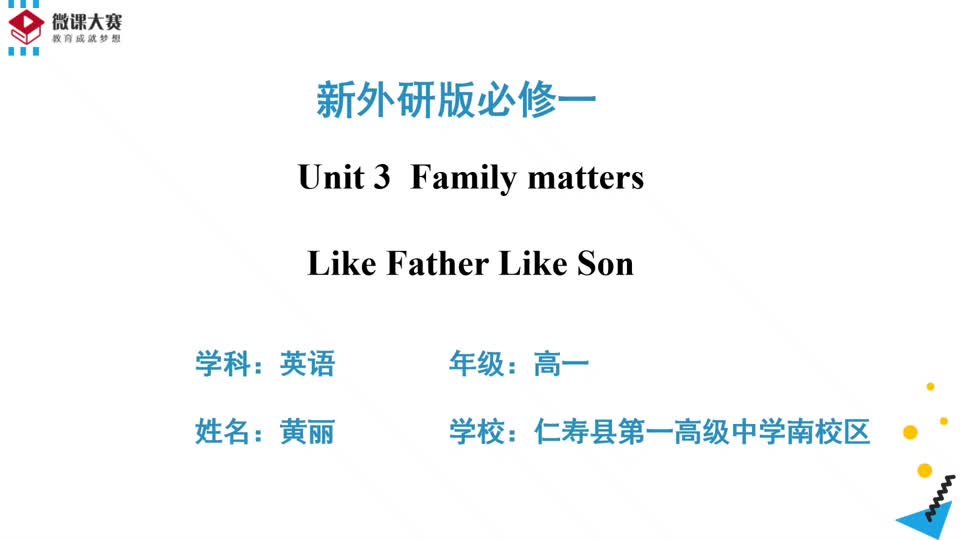## Understanding the Difference Between Subsidised and Unsubsidised Student Loans: What You Need to Know
When it comes to financing your education, understanding the **difference between subsidised and unsubsidised student loans** is crucial. These two types of……
When it comes to financing your education, understanding the **difference between subsidised and unsubsidised student loans** is crucial. These two types of loans can significantly impact your financial future, so it's essential to grasp how they work and which option may be best for you.
### What Are Subsidised Student Loans?
Subsidised student loans are federal loans available to undergraduate students who demonstrate financial need. The key feature of these loans is that the government pays the interest while you are in school, during the grace period after graduation, and during any deferment periods. This means that when you take out a subsidised loan, the amount you owe does not increase while you are still in school or during periods when you are not required to make payments.
### What Are Unsubsidised Student Loans?
Unsubsidised student loans, on the other hand, are available to both undergraduate and graduate students, and they do not require you to demonstrate financial need. Unlike subsidised loans, the borrower is responsible for all the interest that accrues on the loan from the moment it is disbursed. This can lead to a significantly higher total repayment amount over time, especially if you choose not to pay the interest while you are in school.

### Key Differences Between Subsidised and Unsubsidised Student Loans
1. **Interest Payments**: The primary difference lies in who pays the interest. For subsidised loans, the government covers the interest while you are in school, while for unsubsidised loans, the borrower is responsible for all interest from the start.
2. **Financial Need**: Subsidised loans are awarded based on financial need, which means that not all students will qualify. Unsubsidised loans, however, are available to all students regardless of their financial situation.
3. **Loan Limits**: There are also differences in borrowing limits. Subsidised loans typically have lower borrowing limits compared to unsubsidised loans. This can affect how much you can borrow to fund your education.

4. **Repayment Terms**: Both types of loans have similar repayment terms, but the total amount you repay may differ significantly due to the interest accumulation on unsubsidised loans.
5. **Eligibility**: Eligibility for subsidised loans is limited to undergraduate students, while unsubsidised loans can be taken out by both undergraduate and graduate students.
### Conclusion
Understanding the **difference between subsidised and unsubsidised student loans** is essential for making informed decisions about financing your education. While subsidised loans can save you money in interest, they are not available to everyone. Unsubsidised loans provide more flexibility in terms of eligibility but can lead to higher overall costs due to interest accrual.

Before deciding which type of loan to pursue, consider your financial situation, how much you need to borrow, and your long-term financial goals. It's also wise to explore scholarships, grants, and work-study options to minimize your reliance on loans. By carefully weighing your options, you can make a choice that aligns with your educational and financial objectives.